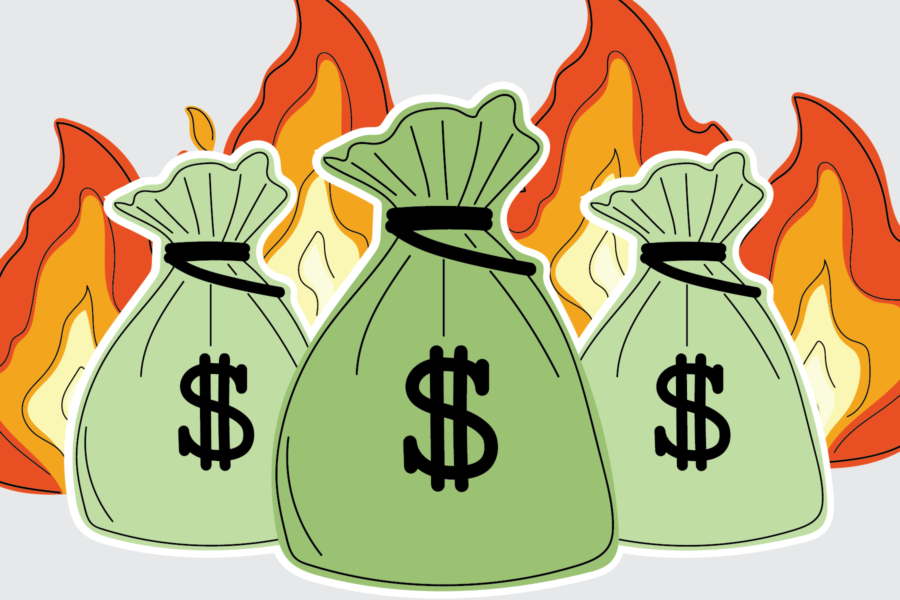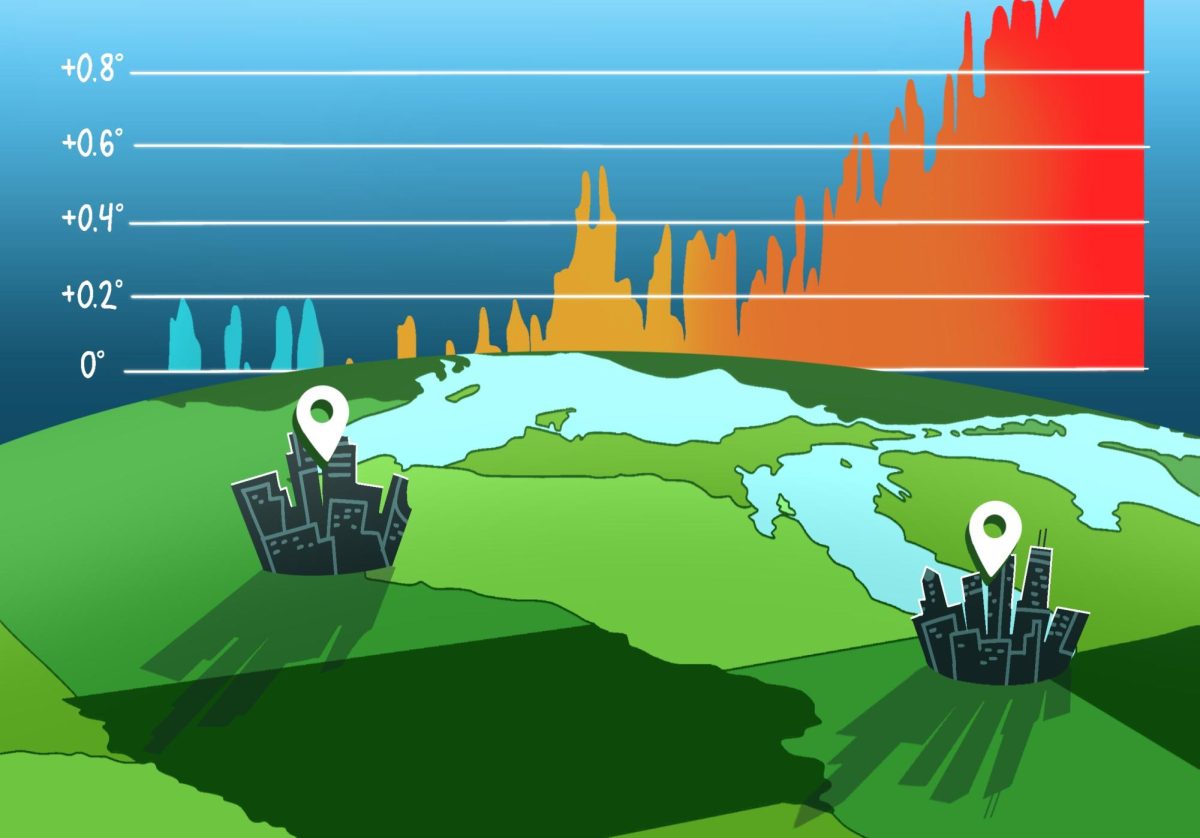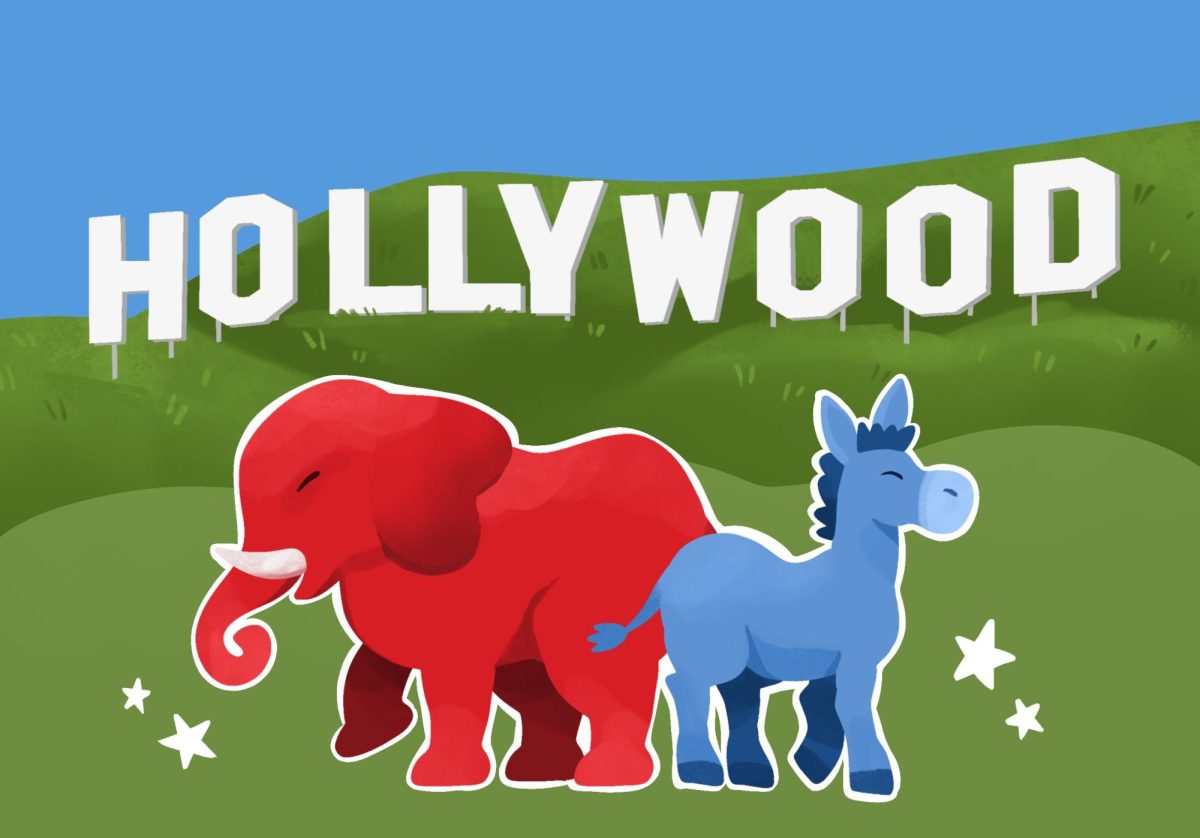In recent years, grocery shopping has acquired an additional source of stress beyond managing children and encountering old acquaintances in the checkout line: it now entails restraining oneself from having a visceral sticker-shock reaction to the total printed on the receipt.
Since 2020, prices of goods — particularly food and energy — have surged by nearly 25%.
The causes of this increase, while debated among many, are generally attributed to a combination of factors such as supply chain disruptions, COVID-19 lockdowns, government stimulus, the Ukraine war and a tight labor market.
Through the act of managing interest rates, America’s central bank aims to balance maximizing employment with minimizing inflationary pressures. Or, in the Federal Reserve’s (Fed) own words, “to promote maximum employment and stable prices in the U.S. economy.”
Lower unemployment is historically understood to drive up prices of goods, as employers raise wages to attract workers, leading to increased expenses. The resulting increase in discretionary income can also potentially lead to shortages of goods, causing further price hikes.
This phenomenon known as the “Phillips Curve” has informed the monetary policy of the United States for decades, and is a core motivator for the Fed’s dramatic interest rate hikes of the last two years.
With unemployment at record lows and inflation at its highest in recent memory, by raising rates –– as the Fed has consistently done –– its aim is to conquer stubbornly high inflation.
However, assessing the last 25 years indicates the Phillips Curve to be more of a back-of-the-envelope rough sketch of monetary policy rather than a complete economic theory. Moreover, the Federal Reserve’s strict adherence to the principle has taken a blow torch to the personal finances of Americans.
Since 2000, the Phillips Curve has gone under empirical stress, as only relatively small movements in inflation were observed, despite large swings in unemployment because of the financial crisis. After the great recession in particular, America saw a dramatic decline in unemployment, lacking any meaningful inflationary pressures.
In the years leading up to the pandemic, the labor market experienced its lowest unemployment of the millennium while, again, not correlating with price increases.
Perhaps this means the Fed mastered its craft, as labor markets and inflationary pressures were optimized to fuel one of the greatest expansionary periods in American history. Yet, today’s conditions force a more critical assessment of the role of monetary policy in managing the economy.
Despite unending rate hikes, unemployment remains stubbornly low from the perspective of the Fed. Jobs reports continue to smash estimates month after month, even as inflation remains sticky throughout the economy.
That is not to say the Federal Reserve has failed to reign in price increases, as the Consumer Price Index (CPI) has in its various calculations fallen relative to last year. Yet that remains insufficient in the eyes of Fed chairman Jerome Powell. June’s Federal Open Market Committee (FOMC) press releases show it remains “strongly committed” to their target of a 2% long-term annual inflation rate.
The Fed’s recent signaling indicates it perceives the fight against inflation still within its own realm of responsibility. The unknown lies to what extent it is willing to go and what collateral damage it is willing to absorb to achieve its goal.
For one, Powell himself has articulated the Fed’s desire to add slack to the labor market, indicating current unemployment levels work against actions taken to lower inflation. Conventionally this stems from increasing borrowing costs, leading businesses to limit their capacity to add new jobs and therefore increasing unemployment. Powell has attempted to clarify his desire is not to cut jobs but to fill openings with the hope of loosening the workforce.
However, more systemic trends exist within the workforce that are largely immune to monetary policy, namely an aging population.
In a piece published by the Kenan Institute, America’s job openings to unemployed person ratio is at its highest levels in history at nearly 2-to-1, a skyrocketing trend since the beginning of the pandemic. The figure has remained constant during the same stretch of past months with booming jobs reports. The piece highlights a key factor, the aging workforce and shrinking population, as a driver of excessive job openings.
Many near-retirement-age adults opted to exit the workforce a few years earlier than planned because of the pandemic. This accelerated a trend concerning many economists and policymakers about an imbalanced labor market. The report also highlights the decreasing number of individuals being born as a cause of future concern for the same trend.
While conventionally the Federal Reserve’s control over borrowing costs may be able to increase unemployment, the dramatic evolution of the workforce is an economic trend that supersedes the scope of its operations. Meaning, even if low unemployment is a driver of inflationary pressures, more structural changes are needed as a remedy, not interest hikes.
Additionally, consumer debt levels have risen to unprecedented levels because of interest rate hikes, most noticeably with credit cards.
Today Americans hold $966 billion in outstanding balances on their credit cards, nearly triple the amount in 2008. The interest rate set by the Fed, known as the “prime rate,” in conjunction with other factors dictates the Annual Percentage Rate (APR) for consumers. Today credit card rates are roughly 20%, Roughly 5% higher than before the pandemic started.
Alongside home, auto and student loans, the former two similarly affected by rising rates, consumers are currently bogged down with over $17 trillion in personal debt, the highest in history.
Moving forward, Powell and the Federal Reserve must decide whether it will continue to raise rates to combat inflation, as it currently has, or to wean off its hawkish streak and give breathing room to borrowers.
The most recent FOMC meeting was the first time in 15 months the Fed did not raise interest rates. Before their next upcoming meeting, the Fed must take a holistic view of the economy and broader economic factors, including geopolitical conflicts, supply chain turbulence and fiscal policy, as well as challenge their own orthodox perception of the labor market.
Inflation and the economy remain the two most pressing issues for Americans, according to Gallup. Therefore, it must be the imperative of the Federal Reserve, and Congress, to remedy the ongoing struggle that is price increases. However, doing so without weighing the costs of doing so is reckless, and likely self-defeating.
Lowering the prices of goods for consumers is imperative to strong economic growth.
However, if your strategy for doing so consists of increasing unemployment and lighting Americans’ wallets on fire, a new approach is likely needed.






















